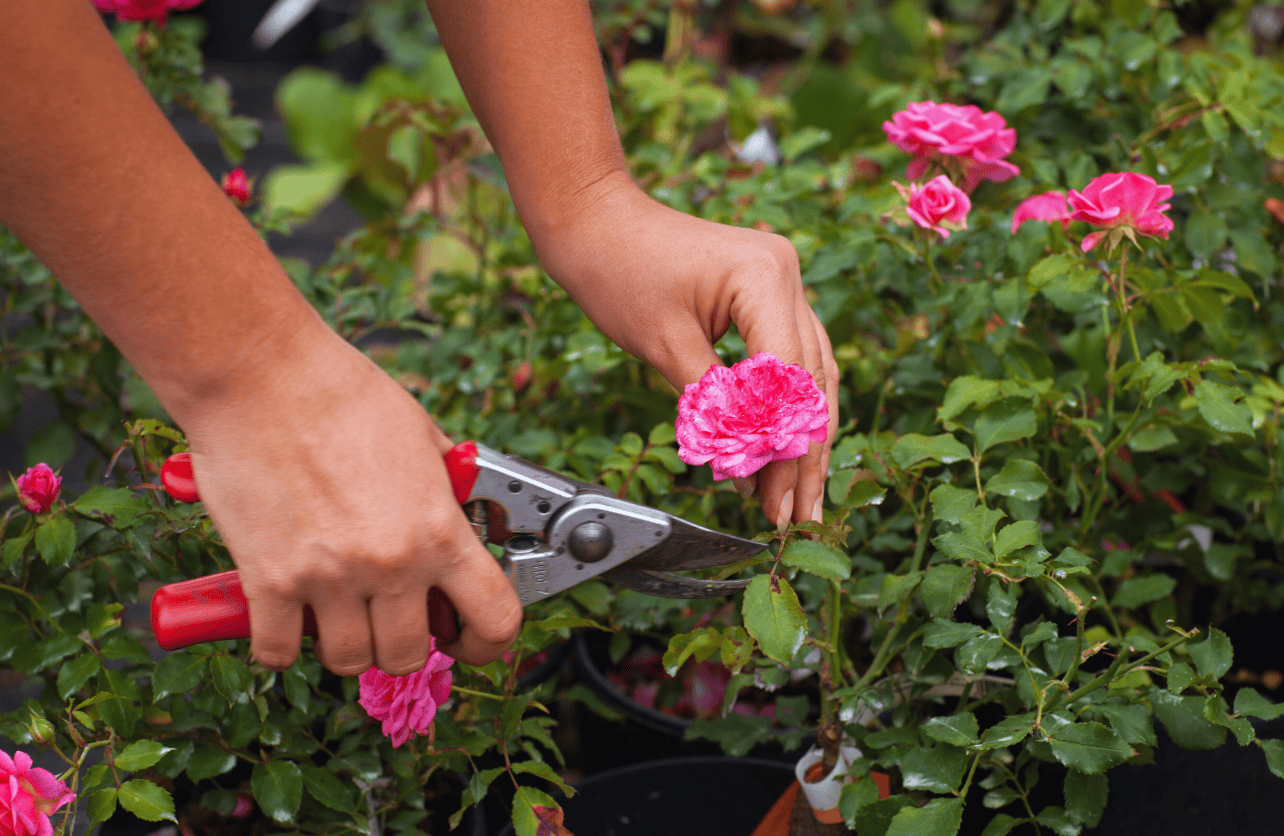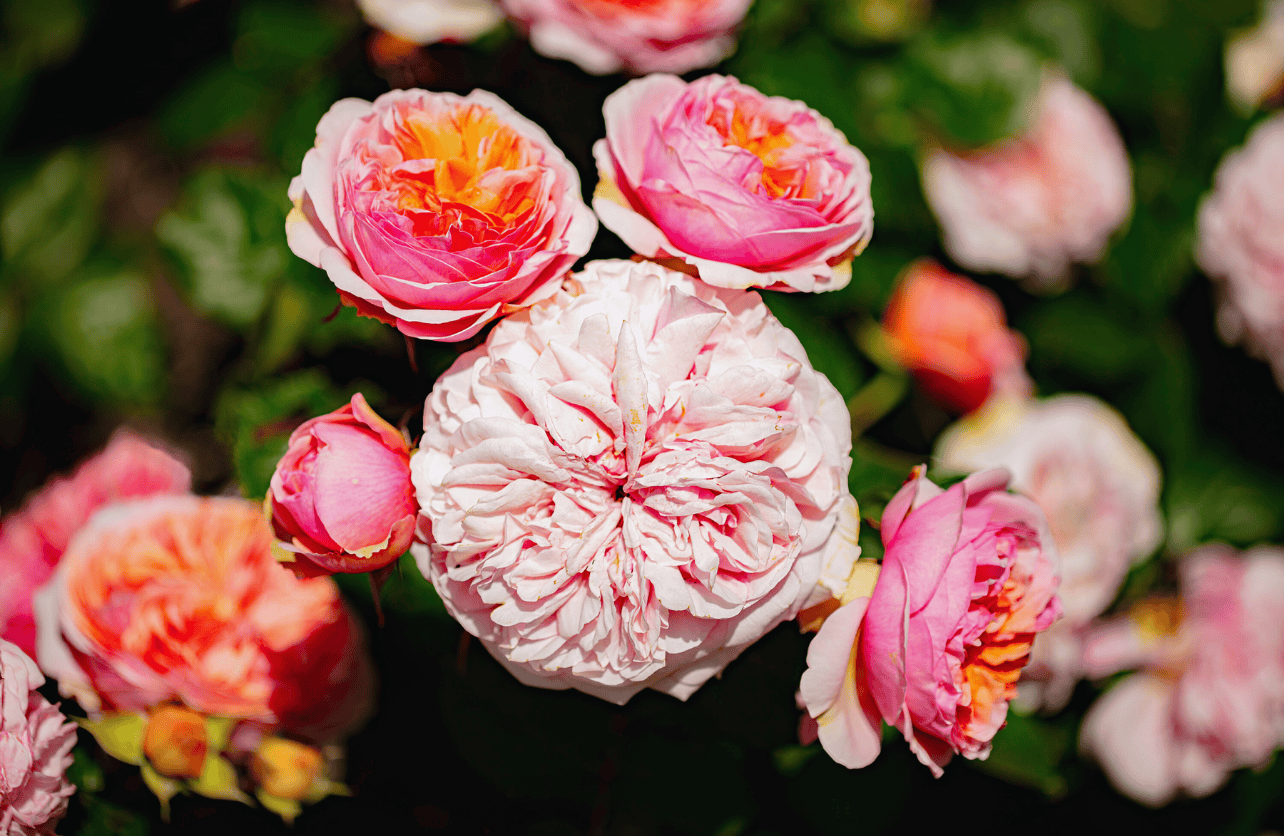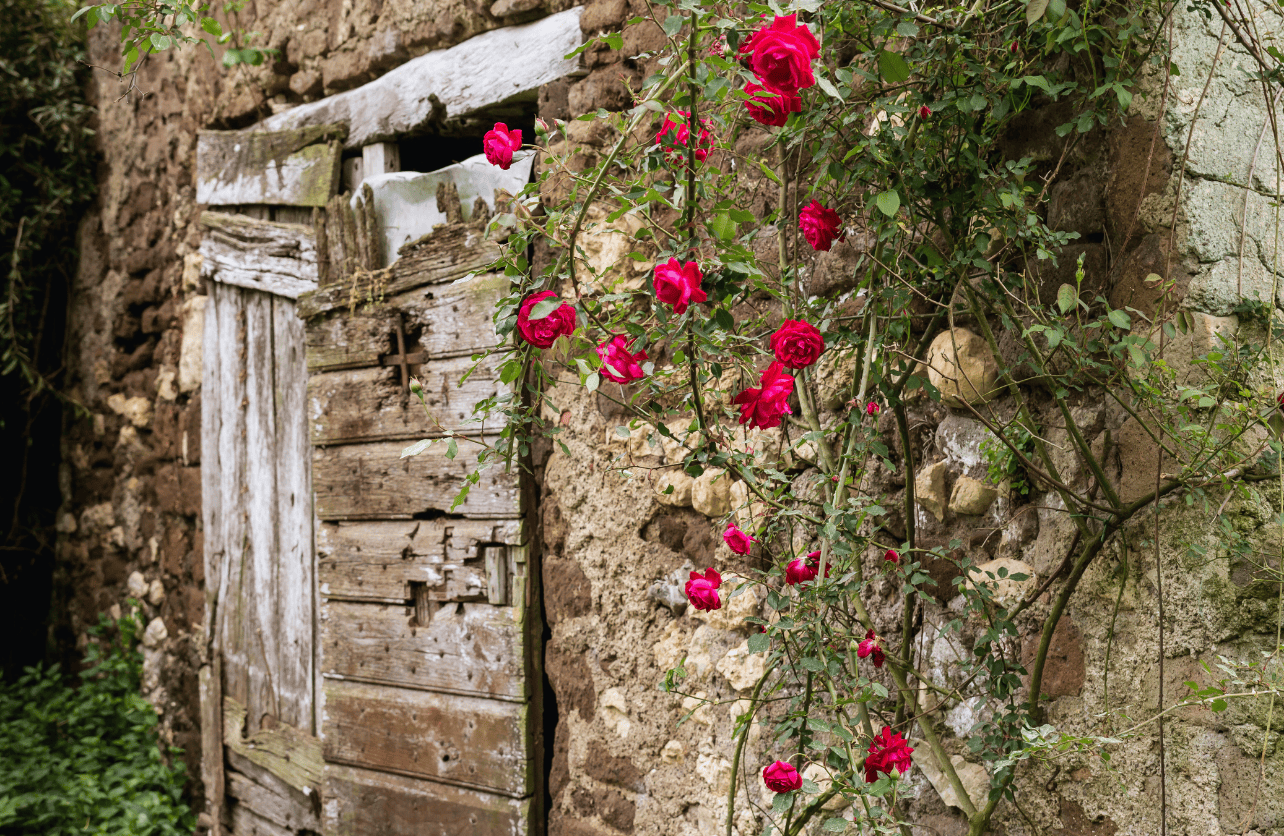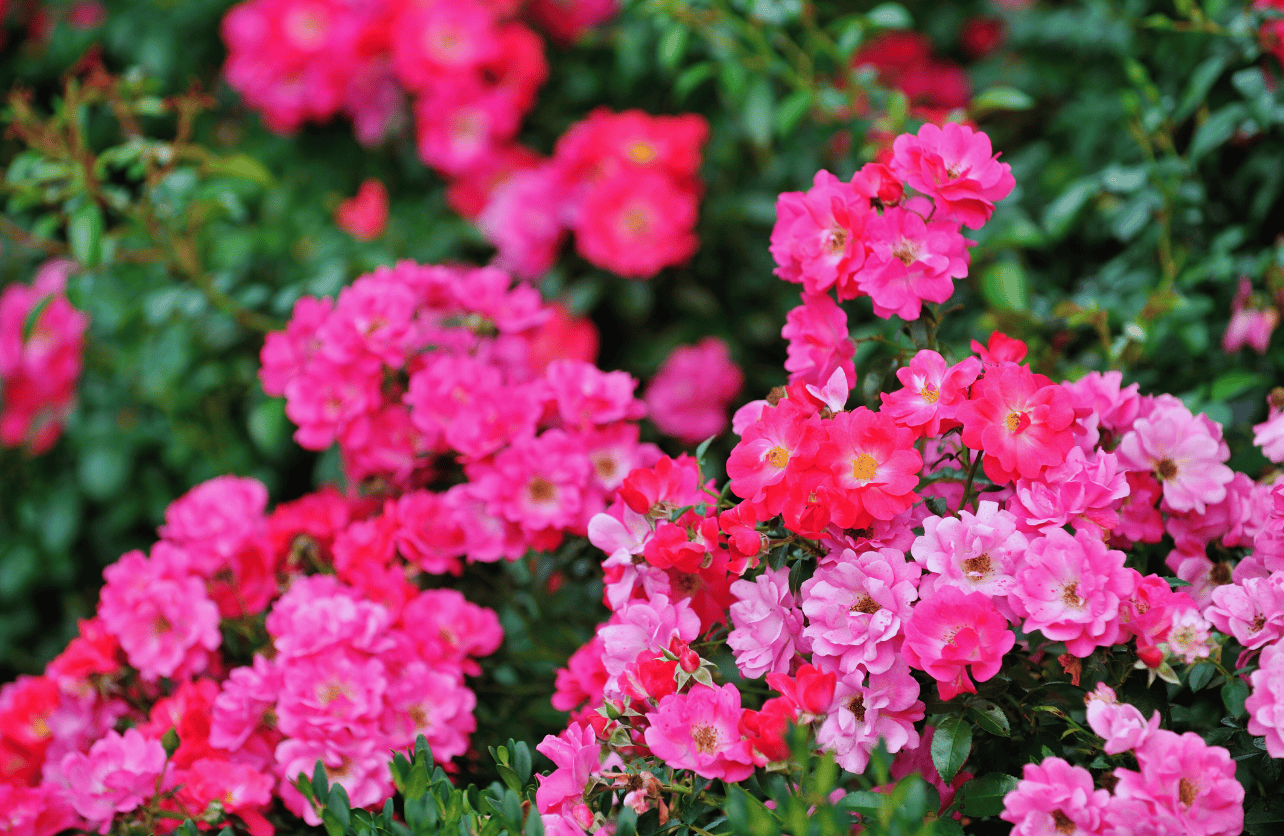How to Prune Roses: A Step-by-Step Guide for Healthy and Beautiful Blooms

Pruning roses is an essential gardening practice that promotes healthy growth, enhances bloom production, and maintains the overall shape and structure of the plant. Whether you’re a seasoned gardener or a beginner, understanding how to properly prune roses can transform your rose bushes into stunning focal points in your garden. This comprehensive guide will walk you through the reasons for pruning, the best time to do it, the tools you’ll need, and detailed steps to ensure your roses thrive year after year.
Why Prune Roses?
Pruning roses is not just about aesthetics; it serves several crucial functions:
- Promotes Healthy Growth: Removes dead or diseased wood, preventing the spread of pests and diseases.
- Enhances Bloom Production: Encourages the development of new canes that produce vibrant blooms.
- Improves Air Circulation: Thinning the bush allows for better airflow, reducing the risk of fungal infections.
- Maintains Shape and Size: Keeps the rose bush looking neat and prevents it from becoming overgrown.
- Removes Old Blooms: Deadheading (removing spent flowers) directs energy towards new growth rather than seed production.
When to Prune Roses
Timing is critical when pruning roses to ensure optimal growth and bloom production:
- Spring Pruning: Typically done in early spring when the plants exit dormancy and new growth begins. This is the most important pruning time.
- Summer Pruning: Light pruning or deadheading can be done throughout the growing season to encourage continuous blooming.
- Fall Pruning: Minimal pruning is recommended in the fall to avoid stimulating new growth that could be damaged by cold weather.
Tools You’ll Need
Having the right tools makes the pruning process more efficient and ensures clean cuts that promote healing:
- Pruning Shears: Sharp and clean bypass pruners are ideal for making precise cuts.
- Loppers: For thicker canes that are too tough for pruning shears.
- Gloves: Protect your hands from thorns and potential irritants.
- Disinfectant: A solution of one part bleach to nine parts water to sanitize tools between plants.
- Gardening Tape or Labels: To mark pruned areas or identify different types of roses if necessary.
Step-by-Step Guide to Pruning Roses

Follow these detailed steps to effectively prune your rose bushes:
1. Inspect Your Rose Bush
Begin by thoroughly examining your rose bush to identify:
- Dead or Diseased Wood: Look for canes that are brown, brittle, or show signs of disease like black spots or mildew.
- Crossing Canes: Canes that grow toward each other can cause damage and hinder growth.
- Overgrown Areas: Sections where growth is dense or unmanageable.
2. Remove Dead or Diseased Wood
Start by cutting away any dead or diseased canes to prevent further spread:
- Identify Dead Canes: These will be brown or black all the way through.
- Cut at the Base: Remove dead canes at their base, close to the ground, ensuring no remnants are left.
- Discard Properly: Dispose of diseased wood to avoid contamination of healthy plants.
3. Cut Back to Healthy Growth
Prune back healthy canes to encourage vigorous new growth and better bloom production:
- Make Clean Cuts: Use sharp pruners to make clean cuts at a 45-degree angle, just above an outward-facing bud.
- Prune to Desired Height: Depending on the type of rose, cut back canes to promote a balanced shape, typically removing about one-third to one-half of the previous year’s growth.
- Remove Weak or Thin Canes: Eliminate any spindly canes that are unlikely to produce strong blooms.
4. Shape the Bush
Maintain a pleasing shape and improve air circulation by shaping your rose bush:
- Open Center: Aim for an open center to allow light and air to penetrate the bush, reducing disease risk.
- Symmetrical Shape: Strive for symmetry in your pruning to create an aesthetically pleasing appearance.
- Tapering: Gradually taper the height of the canes to support a strong structure.
5. Thin Out Excess Growth
Remove any overcrowded or excessive growth to promote healthy development:
- Space Between Canes: Ensure there is adequate space (about 6 inches) between each cane for optimal growth.
- Remove Suckers: These are shoots that grow from the base of the plant and can drain energy from the main canes.
- Prune for Airflow: Clear out dense areas to enhance airflow, preventing fungal diseases.
Pruning Different Types of Roses
Different types of roses require specific pruning techniques to thrive:
Hybrid Tea Roses

- Pruning Time: Early spring.
- Method: Cut back canes to about 18 inches from the ground, leaving 3-5 strong canes with outward-facing buds.
- Shape: Aim for a vase-like shape with open centers.
Floribunda Roses

- Pruning Time: Early spring.
- Method: Similar to hybrid teas, but retain more canes (5-7) to support the bushy growth habit.
- Shape: Maintain a rounded, full shape with good airflow.
Climbing Roses

- Pruning Time: Late winter or early spring.
- Method: Remove weak or dead canes, and train strong canes along the support structure.
- Shape: Focus on guiding the growth direction while removing any unwanted side growth.
Shrub Roses

- Pruning Time: Early spring.
- Method: Prune lightly to shape the bush, removing any dead or crossing canes.
- Shape: Maintain a natural, bushy appearance without over-pruning.
Aftercare for Pruned Roses
Proper aftercare ensures your pruned roses recover quickly and continue to grow healthily:
- Watering: Provide adequate water, especially during dry periods, to help the plant recover and support new growth.
- Mulching: Apply mulch around the base to retain moisture, regulate soil temperature, and suppress weeds.
- Fertilizing: Use a balanced fertilizer to nourish the roses and promote robust growth.
- Pest Control: Monitor for pests and diseases, treating promptly to prevent infestations.
Common Pruning Mistakes to Avoid
Avoid these pitfalls to ensure successful pruning and healthy rose bushes:
- Pruning Too Late: Pruning in late summer or fall can stimulate new growth that may be damaged by cold weather.
- Using Dull Tools: Dull pruners can crush canes, leading to jagged cuts that are more susceptible to disease.
- Over-Pruning: Removing too much growth can stress the plant and reduce bloom production.
- Ignoring Plant Type: Different rose varieties have specific pruning needs; treating all types the same can hinder their growth.
- Not Cleaning Tools: Using unclean tools can spread diseases between plants.
Frequently Asked Questions
How often should I prune my roses?
Pruning is typically done once a year in early spring. However, light deadheading and trimming can be done throughout the growing season to encourage continuous blooming.
Can I prune roses in winter?
Yes, but only if you live in a region where winters are mild. Pruning in late winter or early spring, just before new growth begins, is ideal.
What if my rose bush has no blooms after pruning?
Ensure you’re pruning at the right time and not removing too many canes. Providing proper aftercare, including adequate water and fertilizer, can also help stimulate blooming.
Do I need to use a disinfectant on my pruning tools?
Yes, disinfecting tools between plants prevents the spread of diseases. A solution of one part bleach to nine parts water is effective for this purpose.
How do I identify dead wood on my roses?
Dead wood will be brown or black all the way through and will not show any green when scratched or bent. Healthy canes will have green, flexible tips.